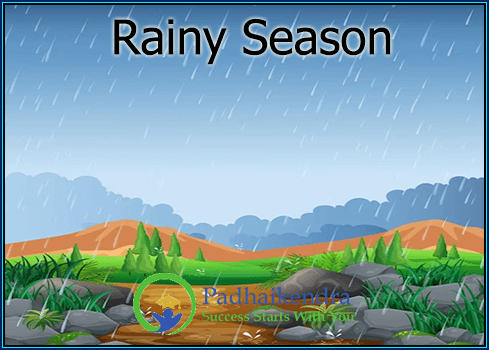The rainy season is a period of increased precipitation and humidity that occurs in many regions of the world, particularly in tropical and subtropical areas. This season is also known as the monsoon season in some regions. This season occurs when warm, moist air rises from the Earth’s surface and cools, causing the water vapor to condense into clouds and eventually fall as precipitation. In many regions, the rainy season occurs during the summer months when temperatures are high and there is increased evaporation of water from the Earth’s surface.
The duration and intensity of the rainy season can vary depending on the region and local weather patterns. In some areas, the rainy season may last only a few weeks, while in others it may persist for several months.
The rainy season is important for many human societies, particularly those that rely on agriculture for their livelihoods. The increased precipitation during this time can help to irrigate crops and replenish groundwater reserves, but excessive rainfall can also lead to flooding and crop damage.
The rainy season can also have a significant impact on the natural world, particularly in areas with high levels of biodiversity. Many plants and animals have adapted to the seasonal rhythms of the rainy season, and changes in precipitation patterns can have cascading effects on ecosystems.
Overall, the rainy season is an important part of the natural rhythm of many regions of the world, and its unique characteristics offer both challenges and opportunities for human societies and the natural world.





